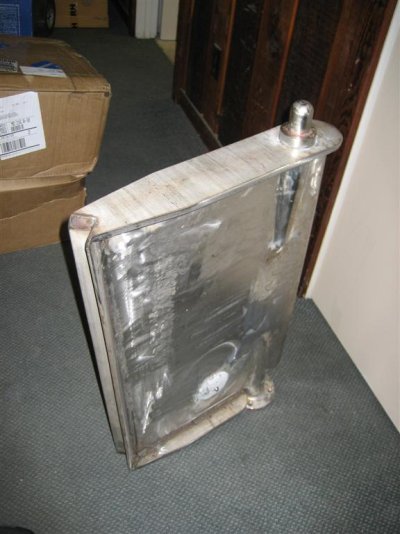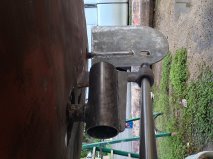Therapy
Newbie
I am new to owning a trawler and to this forum, I have a 32 transpac eagle, my boat does not turn very sharp mainly around the docks, the previous installed a stern thruster that works great when the wind isn't blowing. I recently pulled the boat to have some work done, and I am contemplating adding material to the rudder, to make it longer and increase the angle, this seems like an inexpensive approach and should not add much drag. Have any of you tried this? from what I have read trawlers have an unbalanced rudder with 20% ahead of the pivot point and 80% behind it, in my mind if I can maintain something close to this I should be fine. Can you offer any advice.



